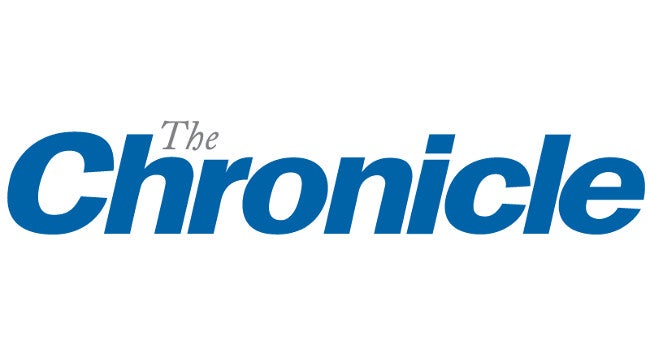THE Common Market for Eastern and Southern Africa (Comesa) has received US$1,1 million from the African Development Bank to support the operationalization of the Tripartite Free Trade Area.
The funds are meant to support the Comesa, East African Community (EAC), and Sadc and their member States to operationalize the Tripartite Free Trade Area (TFTA) as the continent moves towards regional integration.
“The Comesa secretariat has received US$1,1 million funding from the African Development Fund (AfDB) for the implementation of the Tripartite Capacity Building Programme Phase II,” said Comesa in a statement.
It said the programme has two key areas, which includes improving the capacity to implement the TFTA agreement and improving transparency in trade to tackle non-tariff barriers.
Key outputs from the second phase will be the development of guidelines, procedures, regulations, and manuals required to operationalize the agreement in areas such as rules of origin and dispute settlement.
The programme will support the establishment of online databases for non-tariff measures in Tripartite Regional Member countries, building on the pilots under Phase I.
“This is expected to improve transparency in trade, speed up the resolution of non-tariff barriers (NTBs), deter arbitrary application of regulatory measures that hinder trade, and improve awareness of traders about legitimate regulatory requirements, which provides a foundation for them to improve their capacity for compliance,” said the regional body.
The programme will also enhance the awareness of traders and the business community on the market access opportunities available under the Agreement.
Launched in 2015, the TFTA consolidates the markets of the three Regional Economic Communities (RECs) to address the challenge of fragmented markets and the proliferation of non-tariff barriers, which inhibit cross border trade.
Together, Comesa-EAC-Sadc covers a US$1,3 trillion market representing 56 percent of Africa’s Gross Domestic Product and about 740 million consumers in 29 countries.
To view the original article, please click here

